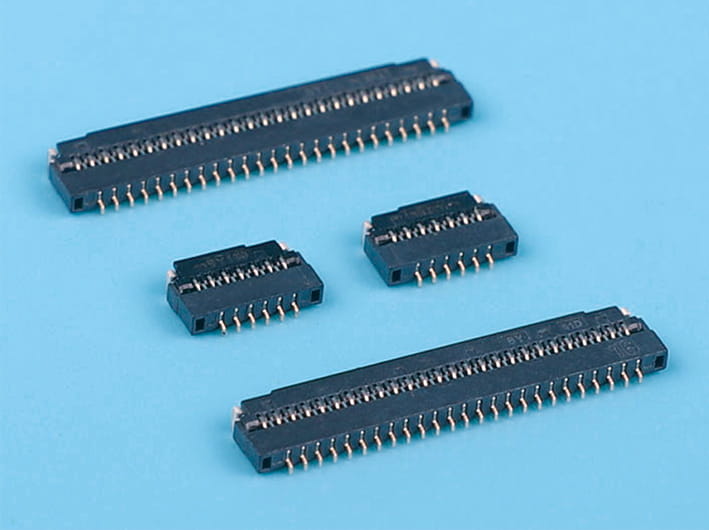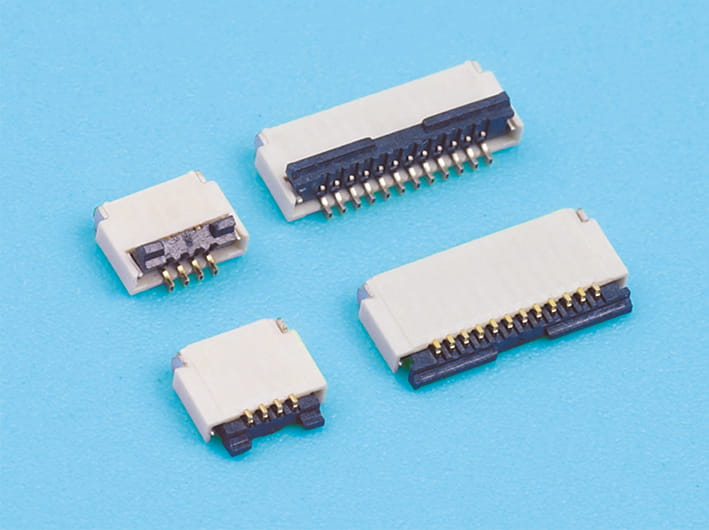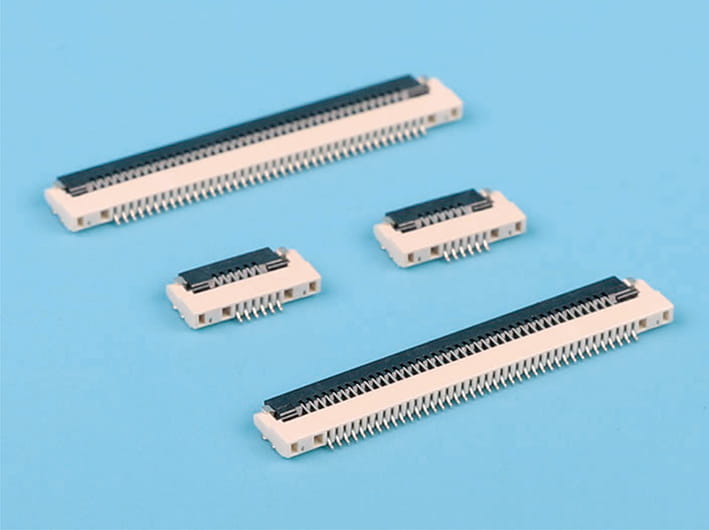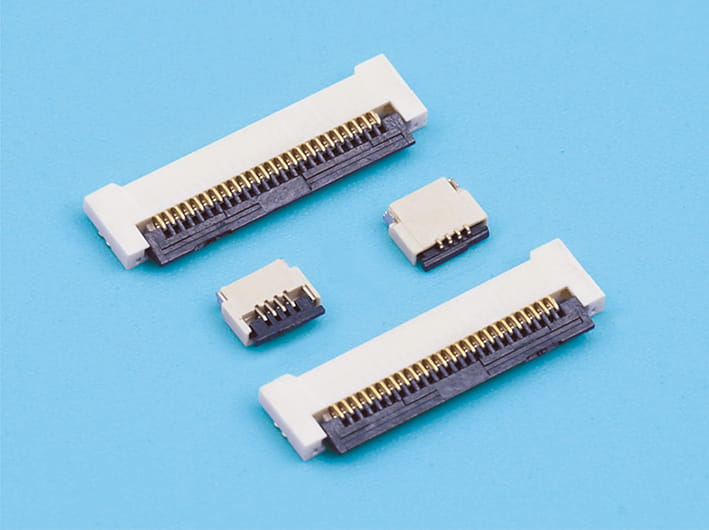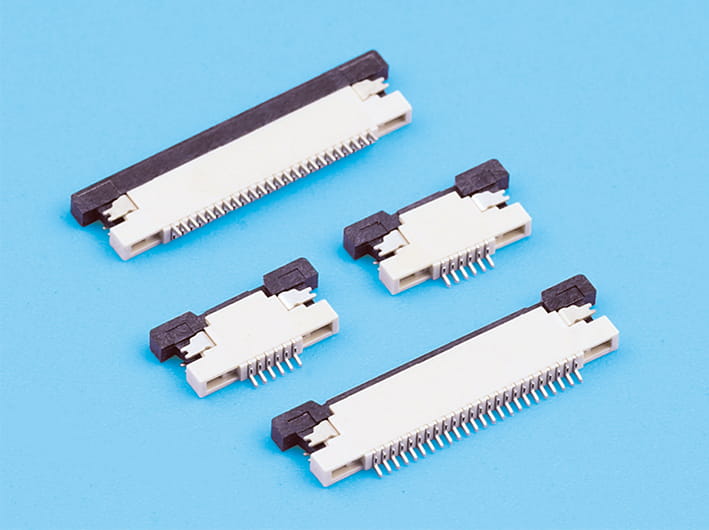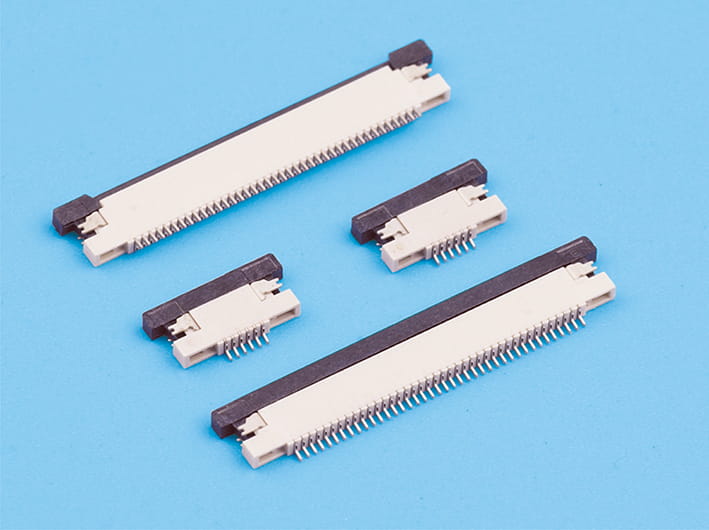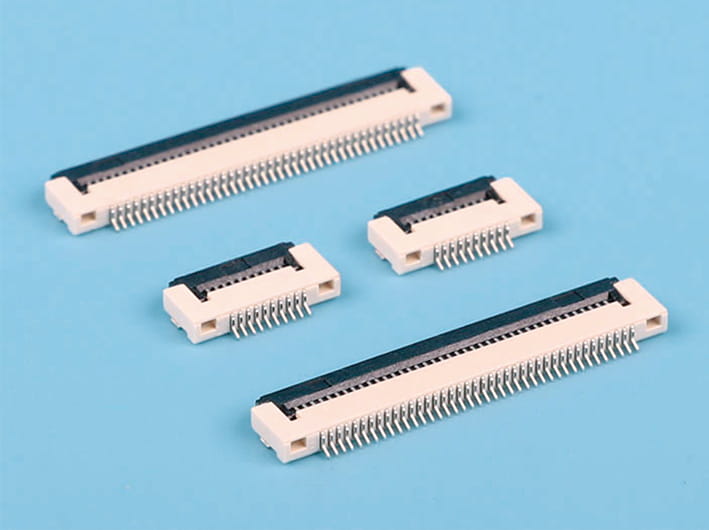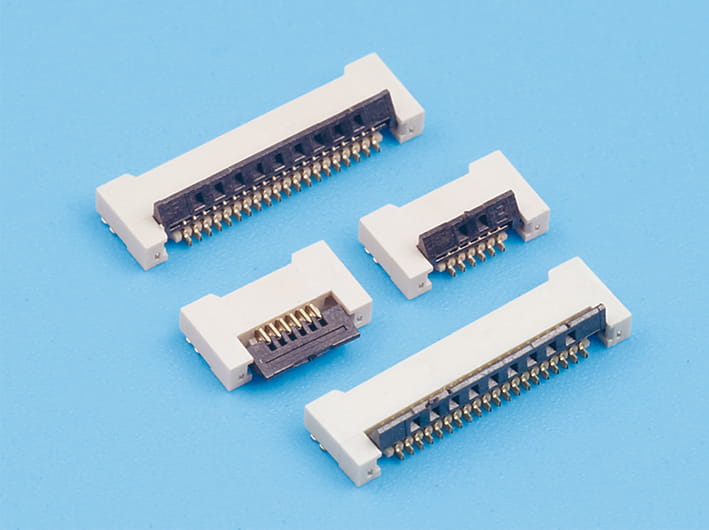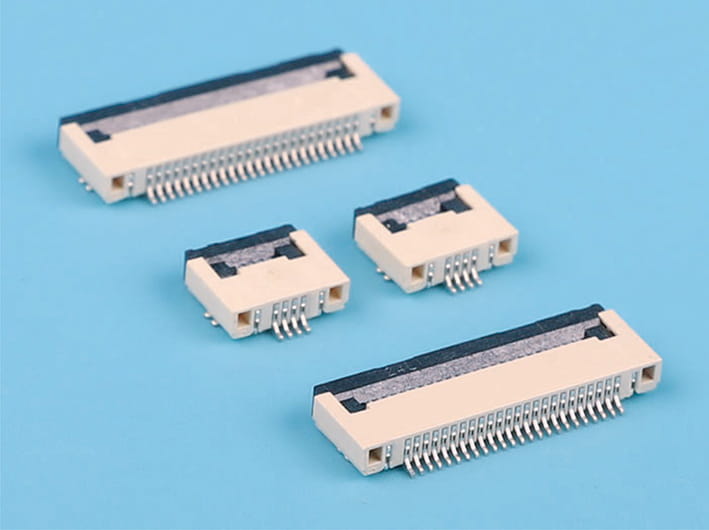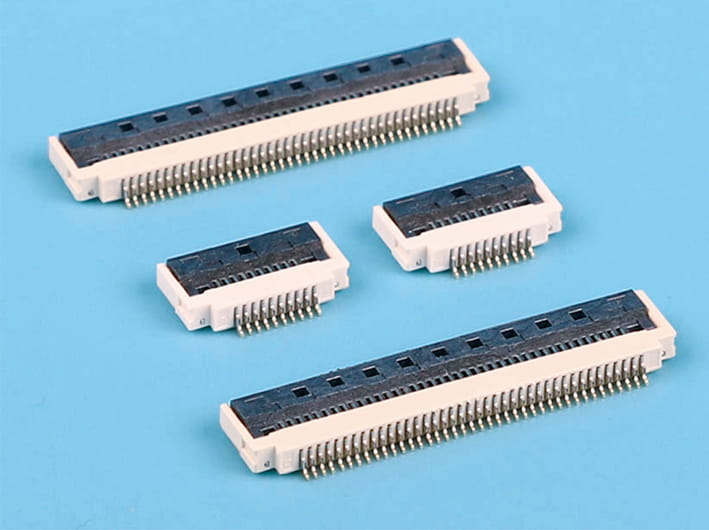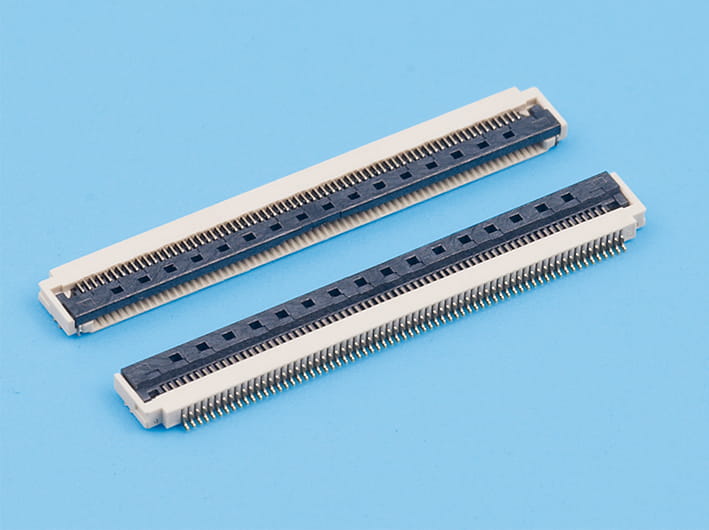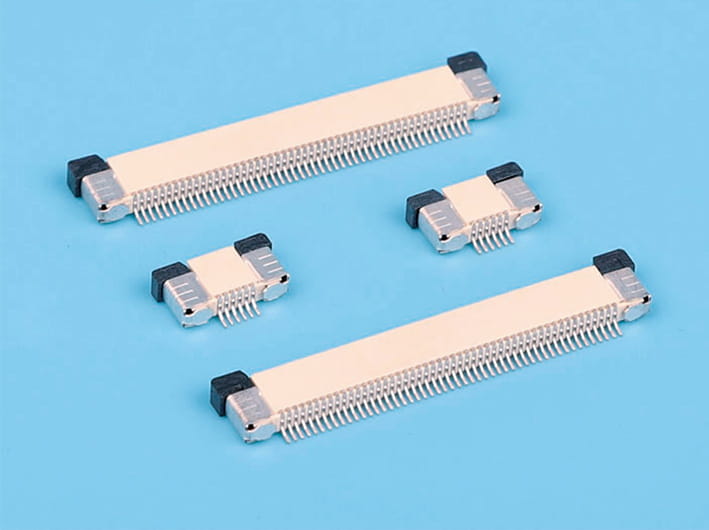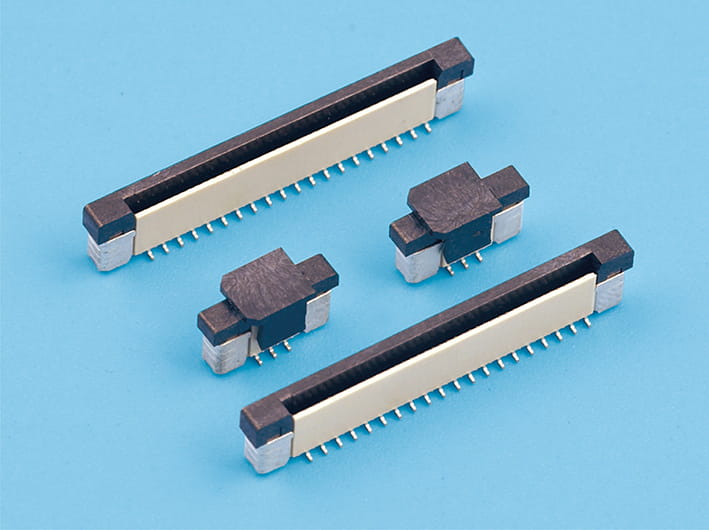How Flexible Board to Board Connectors Improve Circuit Flexibility and Reliability
In the intricate world of electronics, the quest for innovation often hinges on the ability to create flexible and reliable connections. Flexible board-to-board connectors have emerged as a key player in this arena, offering a solution that enhances both the flexibility and reliability of circuits. These connectors, known for their ability to withstand repeated flexing without compromising performance, are revolutionizing the way we approach electronic design.
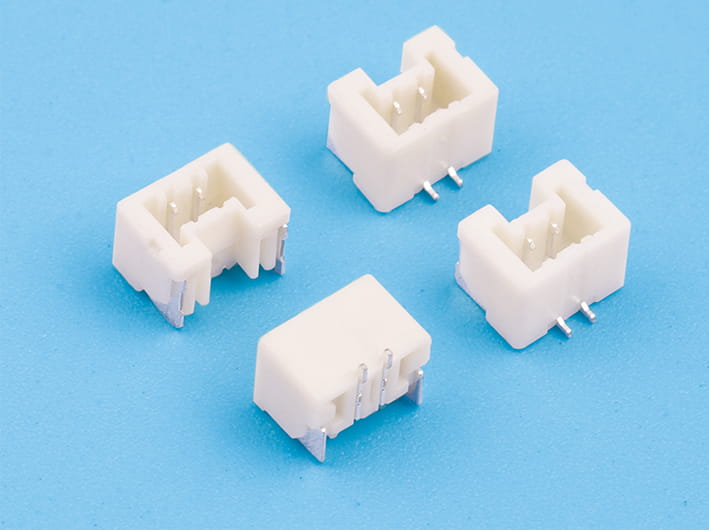
The modern electronic device is a marvel of miniaturization and complexity. As devices become smaller and more powerful, the need for flexible board-to-board connectors becomes more apparent. These connectors are designed to allow for the connection of two circuit boards in a way that accommodates movement and flexibility, which is crucial in applications where space is at a premium and components must be able to flex or bend without losing connection integrity.
Reliability is a cornerstone of any electronic system, and flexible board-to-board connectors play a significant role in ensuring that this reliability is maintained. Traditional connectors can suffer from wear and tear over time, especially in applications where the connectors are subjected to constant movement. Flexible board-to-board connectors, on the other hand, are engineered to withstand such conditions, providing a durable connection that remains consistent even under stress.
In high-density applications, where space is limited and the number of connections is high, flexible board-to-board connectors offer a solution that traditional connectors cannot match. Their compact design allows for a high number of connections in a small area, while their flexibility ensures that these connections can be made in environments where rigid connectors would fail. This makes them ideal for use in smartphones, wearable technology, and other devices where space and flexibility are at a premium.
Signal integrity is critical in any electronic system, and flexible board-to-board connectors are designed with this in mind. They are engineered to maintain a consistent and reliable signal transmission, even when subjected to the stresses of flexing. This is particularly important in high-speed data transfer applications, where any loss of signal integrity can cause data corruption or loss.
As the electronics industry continues to push the boundaries of what is possible, flexible board-to-board connectors are poised to play a crucial role in this evolution. Their ability to provide reliable connections in flexible and high-density environments makes them an essential component in the development of the next generation of electronic devices.
The integration of flexible board-to-board connectors into electronic design is more than just a trend; it is a necessity for the future of technology. As devices become more complex and the demand for space-efficient, reliable connections grows, these connectors will continue to prove their worth. Whether in the smallest wearable devices or powerful servers, flexible board-to-board connectors are the key to unlocking new possibilities in electronic design and functionality.
The versatility of flexible board-to-board connectors cannot be overstated. Their ability to provide reliable connections in a variety of environments, from rigid to flexible, makes them an invaluable tool in the arsenal of any electronics engineer. As technology continues to evolve, the role of these connectors will only become more critical, ensuring that the circuits of tomorrow are as flexible and reliable as the devices they power.



 English
English 中文简体
中文简体 Español
Español عربى
عربى